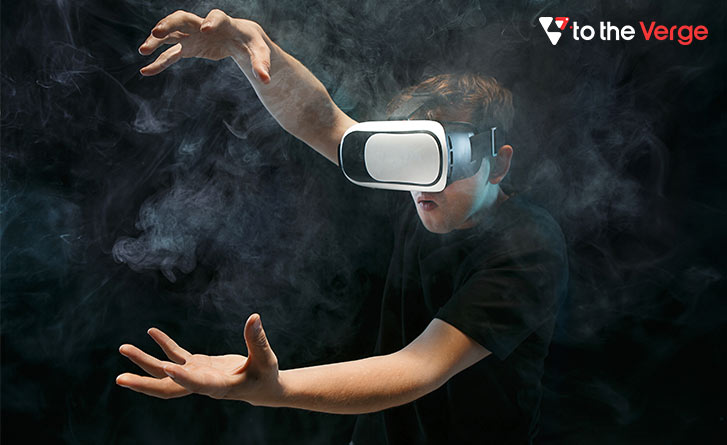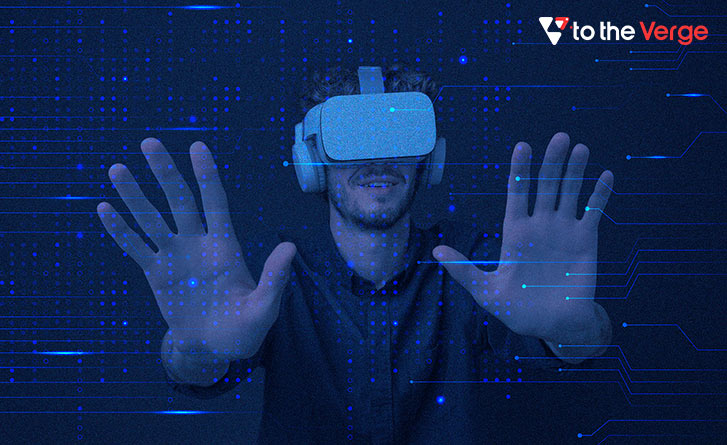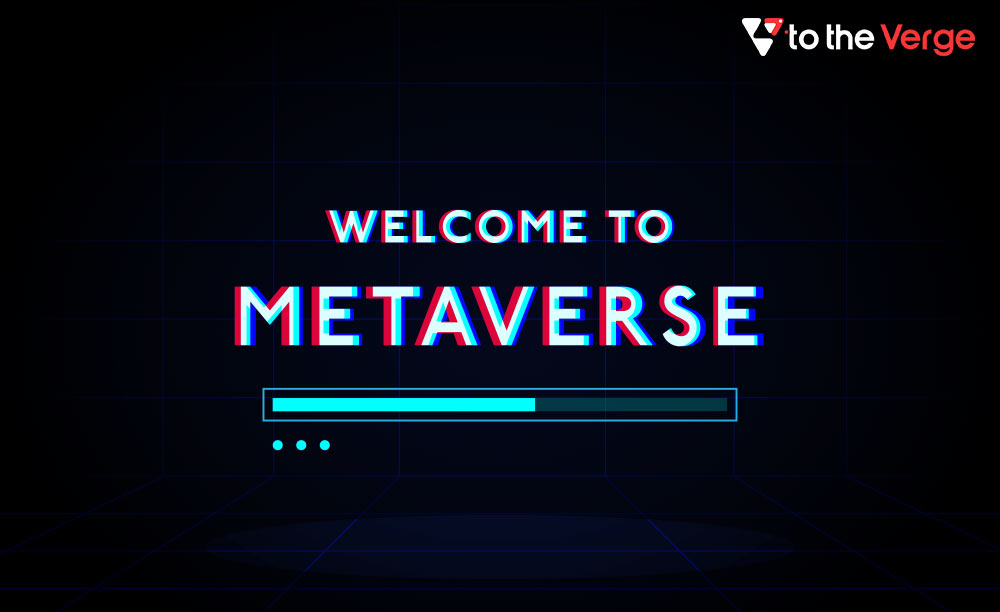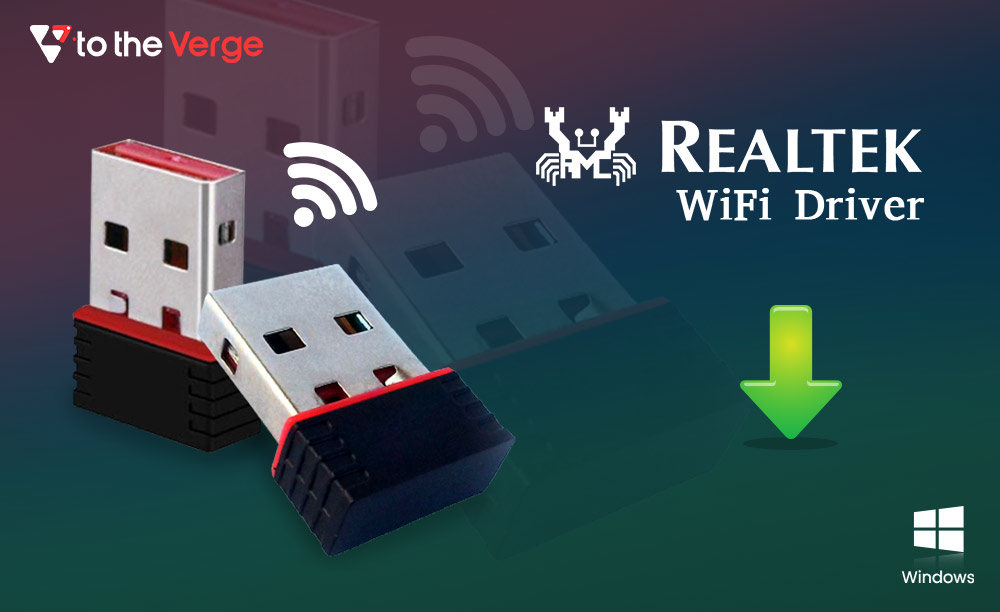Metaverse is one of the most famous buzzwords of the present times. With heavy investments made in this idea, there are chances that it may impact people from all walks of life. Thus, there is no way you can stay behind to keep up with this fast-evolving tech trend. So, we present you the six things you need to know about the metaverse to grasp it better.
A famous venture capitalist and prolific writer, Mathew Ball, defines the metaverse as “an expansive network of persistent, real-time rendered 3D worlds and simulations.” But, what makes this expansive network? What are the technologies behind it? Who all are involved in its realization? Where do we stand now, and where are we heading? In short, what should you know about the metaverse? The article will answer all these questions for you in the following points.
Origination of the Idea and Meaning
Metaverse might seem like a foreign idea, but it predates 1992. The term was first used in a dystopian sci-fi novel called ‘Snow Crash’ written by Neal Stephenson. Later on, in 2003, Linden Labs created the game ‘Second Life,’ which the idea can be traced back. Recently, in 2018, a movie called ‘Ready Player One’ has depicted what the metaverse could potentially look like when it’s fully developed. But, to simply put it, metaverse will be the next generation of the internet.

Conceptual Aspect
Metaverse should not be considered just another UGC (User Generated Content) platform like Instagram, Snapchat, and other social media alike where the users just share about their lives. Metaverse is more than that. It will be a space where virtual economies would exist; people can buy and sell lands and other things, build their virtual world as they’d like, communicate, interact, and practically live in the space – this feature of the metaverse is known as persistence. Microsoft Co-Founder Bill Gates predicts that in the next two to three years, most virtual meetings will move from two-dimensional square boxes to the metaverse – a 3D space with participants appearing as digital avatars. This implies that online communication would feel more natural in the metaverse.
Technical Aspect
Several technologies will play a crucial role in the making of the metaverse. These have been around for quite some time, but the reason why they’re catching attention now is that people can envisage their collective and converged applicability. Virtual Reality, Augmented Reality, and 3D Computing is fundamental technologies for the metaverse. The immersive hardware will also play a significant role in how people will experience the metaverse. Interoperability is one of the guiding factors that would lead to further developments in the hardware and software for the metaverse. Earlier VR headsets required PCs to work with. Nowadays, more standalone headsets, like Valve Index, Oculus Quest 2, VIVE Focus 3, and SONY PlayStation VR, can be found in the market. It is expected that soon there will be headsets that would directly connect to smartphones.
The Current Status
It is a fact that must be acknowledged that the metaverse is not a reality yet. It is in the early stages of development, and the world is beginning to see the concept unfold. “The full vision of the Metaverse is decades away. It requires extraordinary technical advancements and perhaps regulatory involvement too. In addition, it will require overhauls in business policies and changes to consumer behavior. But the term has become so recently popular because we can feel it beginning.” – says Mathew Ball. Presently, various possibilities of the concept are being explored. “NFTs and Blockchain are laying the groundwork for digital ownership. The ownership of one’s real-world identity will carry over carry over to the metaverse, and NFTs will be the vehicle.” – says Nick Donarski, former CEO of ORE System.
The Vision For The Future
Metaverse could be part of people’s daily lives in the future, spanning across different use-cases like networking, shopping, doing business, or investing. But like the concerns in the present version of the internet like data safety, security, hate speech, misinformation, bullying, and more, regulations and protocols are still to be pondered upon so that these aren’t carried over to the next generation of the internet. Chief Strategy Officer of Spectrum Labs, Tiffany Xingyu Wang, says “Trust and safety are critical to the survival and success of any metaverse. The metaverse is immersive and multisensory, which makes the impact much bigger. As a result, the lead time to toxicity is much shorter.” Navrina Singh, the Founder, and CEO of Credo AI, states on similar lines that government issues existing in the real world must be resolved to keep consumers safe in the metaverse. She says, “By diving into the metaverse headfirst with a lack of AI oversight, enterprises put their customers at risk for challenges like identity theft and fraud.”

Summary
To conclude, according to industry experts, Metaverse may not be a single service but a collection of different services. Moreover, it could be seen as a network, just like the internet, wherein online interactions and activities would feel more organic. It is also acknowledged by leading tech companies that the kind of metaverse imagined will take a decade or more to reach, but the journey towards the vision has begun.
Nitisha Lal is a writer enthusiastic and curious to learn new things. Currently, she writes about the latest developments in technology, particularly around Web3 and the Metaverse. She enjoys nature walks, capturing the world around her on the phone, or reading books when away from work.







![How to Update and Reinstall Keyboard Drivers on Windows 10/11 [A Guide]](https://wpcontent.totheverge.com/totheverge/wp-content/uploads/2023/06/05062841/How-to-Update-and-Re-install-Keyyboard-Drivers-on-Windows-10.jpg)
